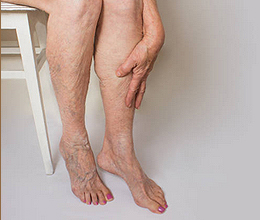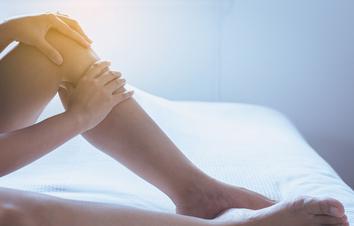
Among the most common questions that people ask when looking for a dermatologist are what the difference between varicose veins, spider veins, and phlebitis are. These two different conditions are caused by a variety of factors, but they both can cause an unsightly and uncomfortable appearance. In some cases, treatment may be required to eliminate a problem and prevent it from worsening.
Usually, these two types of venous disorders are caused by pressure on the inside of the blood vessel. Veins return blood to the heart after pumping it through the arteries. As the blood flows farther away from the heart, the pumping action of the heart decreases. This causes pressure within the vein, which results in cascading failure of various branches of the vein.
The differences between these two conditions should be clear to you, but it is important to seek medical attention if you have these issues. If you are concerned about your appearance or feel discomfort, contact your doctor and find out about treatments. Depending on the severity of your condition, minimally invasive procedures can be used to treat your varicose veins. Symptoms of both conditions include aching, pain, redness, warmth, and swelling.
Spider veins are generally painless and rarely a cause for concern. They are more noticeable and swollen than varicose veins and are easily identifiable by their visible bulges. A varicose vein is more pronounced than a spider vein, and it is also a more severe form of the condition than spider veins. It’s important to seek medical attention if you have spider veins.
The difference between spider veins and varicose veins is not as difficult as it might seem. Both conditions are caused by the weakened walls of veins, which cause them to become larger than normal. This is where the difference lies between the two. A spider vein is smaller than varicose veins, but it looks similar to a spider web. The main difference between the two is that spider veins are more likely to be enlarged, and are more likely to be twisted.

Spider veins are more visible than varicose veins. Because they are swollen, they stand out more than spider veins. Their appearance makes them more difficult to hide, but they can also be dangerous to your health. If you have spider veins, see a dermatologist immediately. The two problems can be quite similar. If you have a large number of them, you will likely need to undergo a surgery.
Varicose veins can be treated without invasive surgery. For small varicose veins, sclerotherapy is an option. This is a simple procedure that involves injecting a chemical into the affected vein. This does not cause severe pain or discomfort, but may lead to a non-healing ulcer or blood clot.
Varicose veins and spider veins are different from each other. These two conditions are caused by venous insufficiency and can occur in anyone. They are both difficult to treat, but can be effectively treated. During sclerotherapy, the doctor injects a special solution into the affected area. While both of these treatments can cause skin irritation, they do not cause pain or scarring. For the treatment and prevention of varicose veins, you can also read information about what it is Variquit para que sirve.
On the contrary, spider veins are almost always not a cause for concern, but they do affect your appearance. They are often painful and can interfere with your body’s normal functions. Fortunately, you don’t have to live with unsightly veins. With the right treatment, you can have the legs you’ve always dreamed of. You will never have to worry about your spider veins again.
Although varicose veins look unsightly, they still cause discomfort. They can cause significant discomfort and may be a sign of serious medical conditions. While they are both common, they are not the same. Both are caused by venous insufficiency, and the difference between them is what makes them so different from each other. In both cases, this condition is caused by a lack of adequate circulation in the legs.